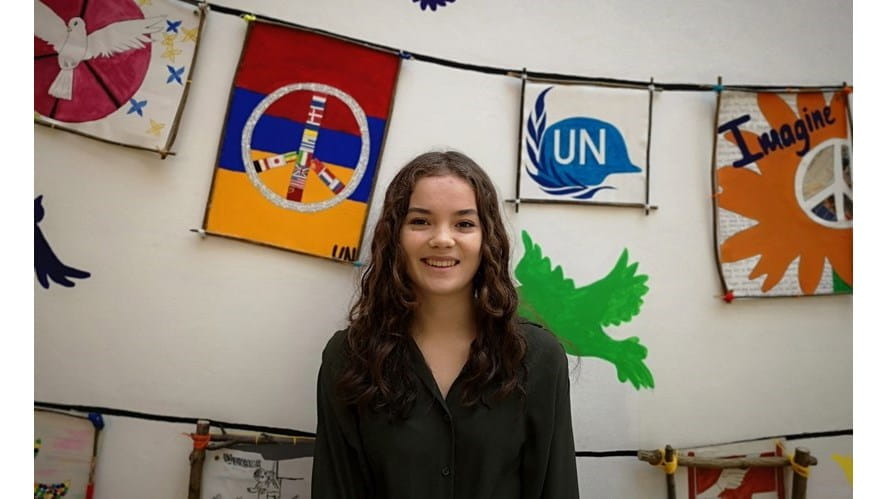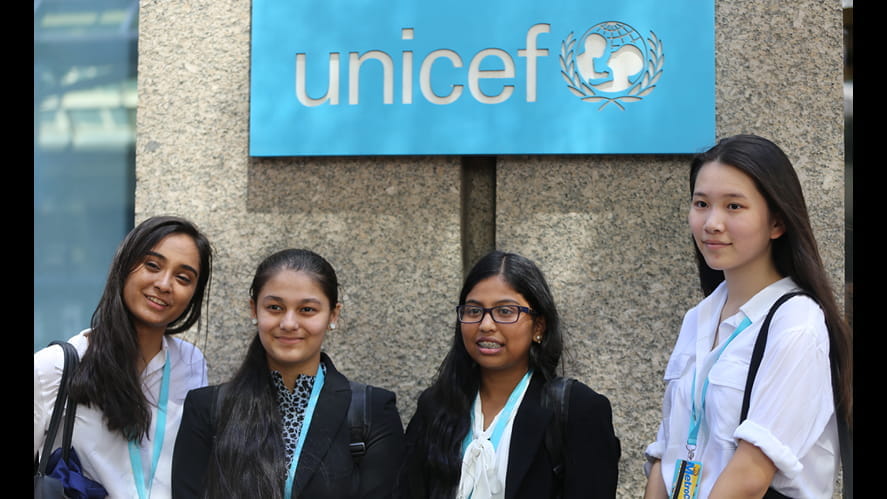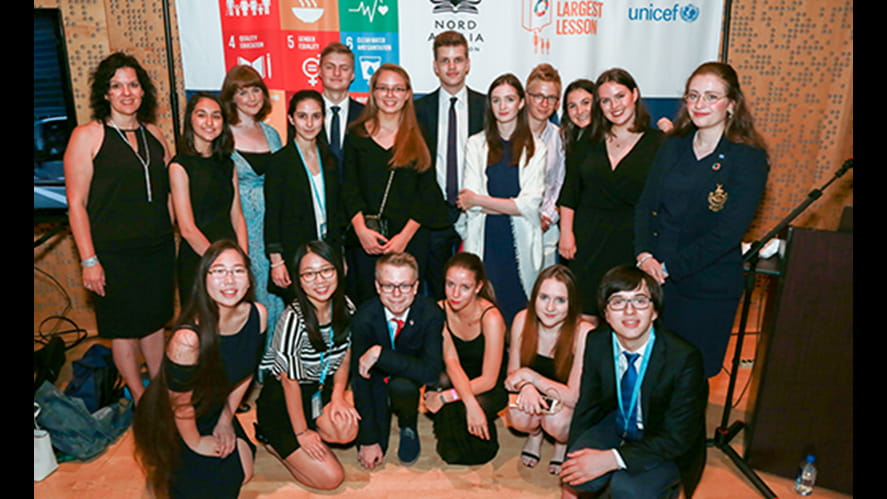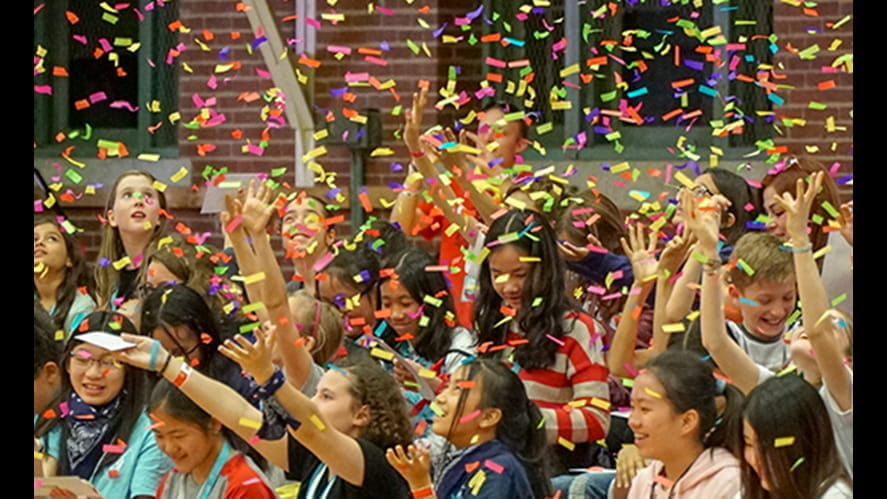Rising to the challenge
Students worked with their minds and hands to solve a variety of problems, transforming their understanding and perception of STEAM in a week-long series of workshops, lectures and activities.
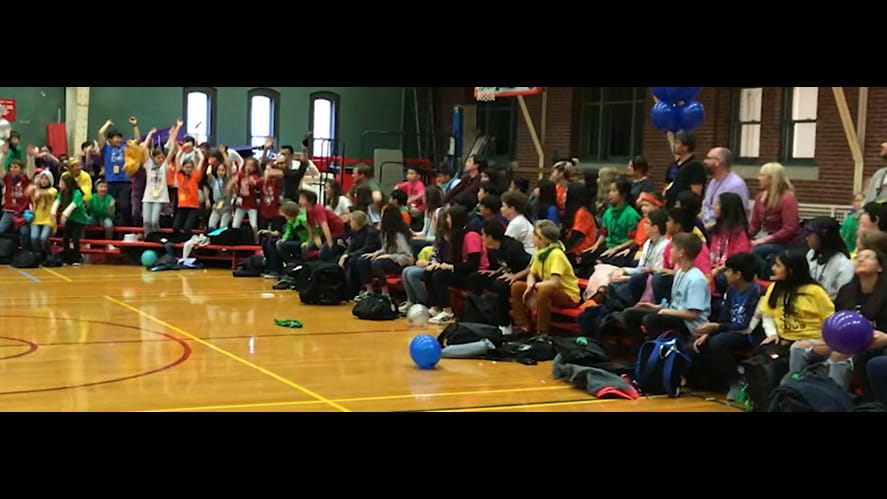
When Jemma Reed found herself running around the Massachusetts Institute of Technology deciphering clues to solve a mystery, she soon realised her school STEAM trip was going to be far from ordinary.
On the first day, she became acquainted with a shortened version of an almost 40-year-old tradition welcoming new students to MIT, where they familiarise themselves with the university’s campus by solving puzzles.
“It was very different to any experience I’ve had,” the Northbridge International School Cambodia student said.
“It was so exciting for me.”
That excitement was equally felt by the 103 other students from Nord Anglia Education’s network of schools around the world, who gathered at the university’s campus in Boston, Massachusetts for STEAM@MIT Week,. The week included five days of workshops, challenges, activities and lectures aimed at enhancing and transforming their understanding of STEAM subjects.
Held annually as part of NAE’s collaboration with the world-renowned university, the event exposes students to a leading-edge, university-inspired method of STEAM learning that encourages creativity and the importance of experimenting in order to find solutions to real-world problems.
Students also are able to interact with university professors and students to witness how their work breaks down silos between traditional academic subjects to bring diverse perspectives to solve a single problem.
“To see students and professors at MIT who are at the forefront of their fields gives the students, for the first time, a clear understanding of what it means to take achievement in STEAM to the highest possible level,” Jack Cooper, Southeast Asia region STEAM lead and Makerspace and Library Coordinator at Northbridge International School Cambodia said.
Students said they got to experience that best when they got a taste of the iconic 2.009 course run by Professor David Wallace from MIT’s Mechanical Engineering Department. They had to take on a challenge already tackled by his students — to design a product to help people regardless of their ability.
What normally takes MIT students a semester to produce, NAE students had only one day to devise and build something innovative and viable. Inventions created by the students included a speaking robot to help the visually-impaired and a robot that allowed rubbish to be sorted by weight, shape and density.
While NAE students enjoyed the novelty of the assignment and its challenges, their valiant attempts sent some of them back to the drawing board.
“It was hard to keep our machine stable,” Eric Kwak, a student from The British School Warsaw said.
“It started working well but then it short-circuited as one of the motors broke down.”
Eric’s classmate Sasha Kolikan admitted the task given to them was a tough one.
“It’s hard to create a new product from scratch,” Sasha said.
Jemma from NISC said she also experienced challenges.
“2.009 was the most challenging course,” Jemma said.
“It was hard to think of the customer, how our invention would help them and make sure everything worked in the amount of time we were given.”
What is a given was how inspired many students were by the end of the week and how determined they were to pursue STEAM learning in school and in the future at university — especially at MIT.
Joanne Rogers, a Year 3 Mathematics teacher at The British School Warsaw who attended the event, said she was pleased students learned that it took more than achieving top grades in Science and Maths to get into the world’s top university.
“They had to be able to work as part of a team, continue to be resilient and have other interests outside of these subjects,” Ms Rogers said.
“It’s good for them to see how personal learning goals are a core part of studying at such a high level.”
For Sasha, MIT’s mind and hand philosophy is what he related to the most. The trip confirmed his decision to apply to the university to fulfil his dream of becoming a NASA engineer.
“The students here are really smart,” Sasha said.
“They create amazing things with their hands with the help of friends. If I want to become a NASA engineer, I must go to MIT to create rockets. It’ll be easier to go to NASA later.”





